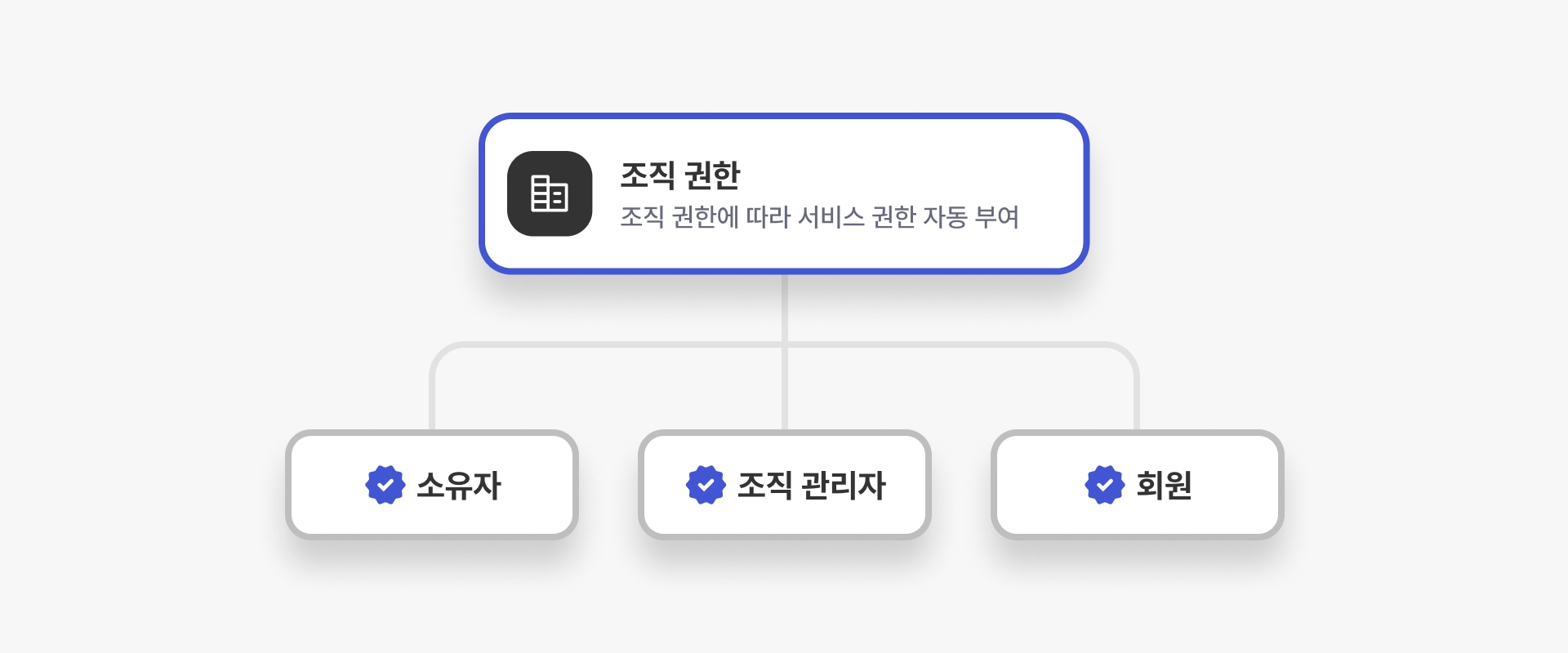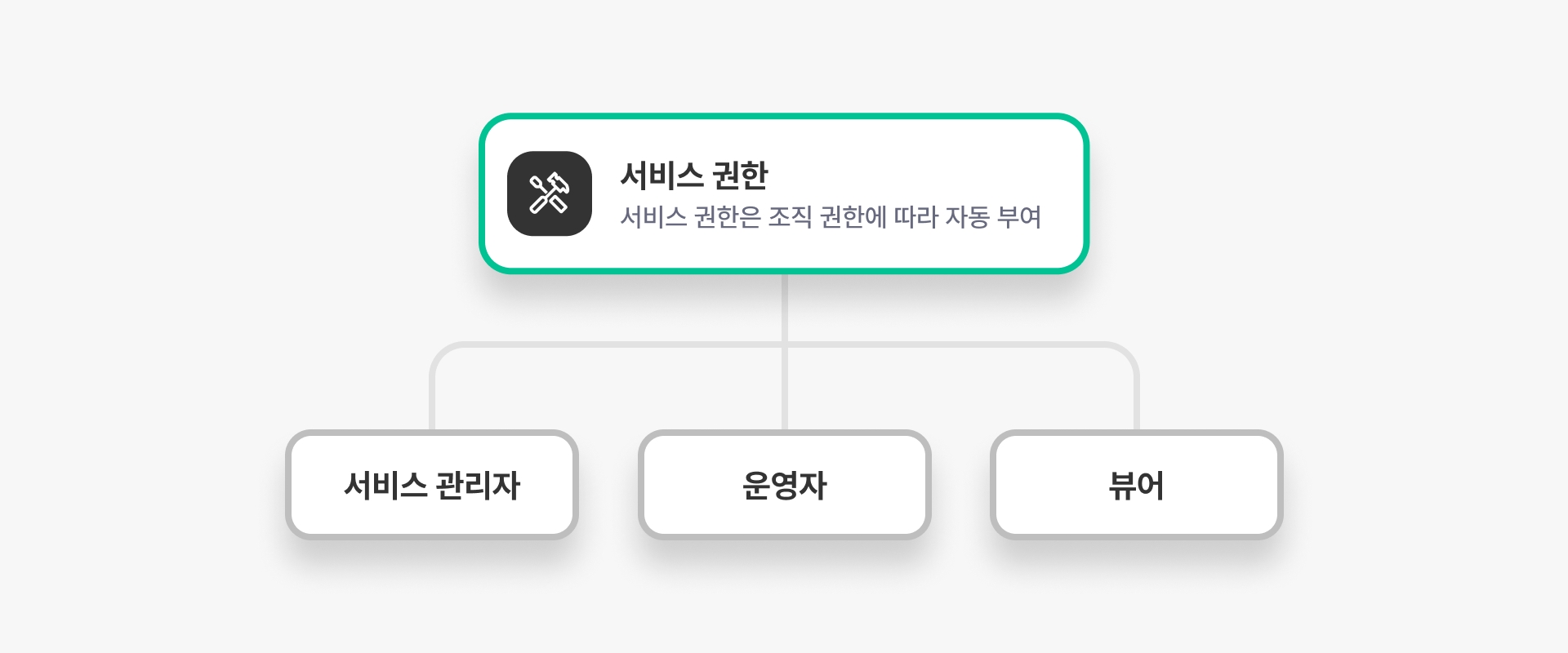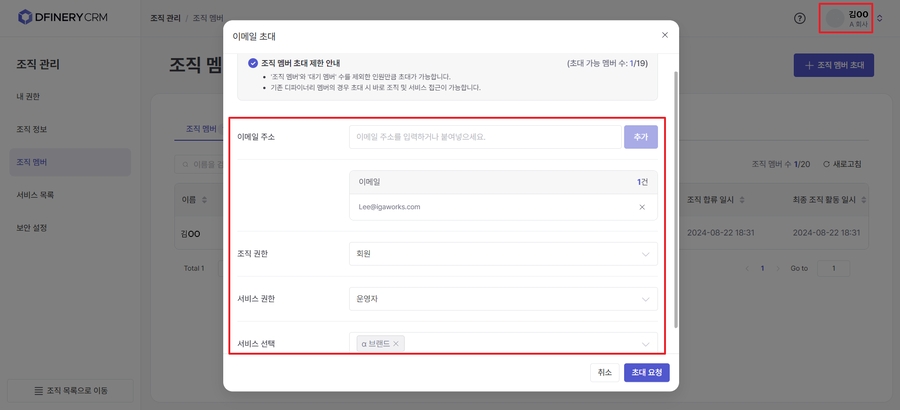Organization Management and Authority
Authority
There are two types of permissions in DFINERY:

Organizational authority

Owner
Has authority over the organization and all services.
Only 1 person allowed
Organization can be deleted
Manager
Organization Manager
Has the authority to manage specific services, members, and roles in the organization.
Manager
Member
Only organization information can be viewed. Users must first be added as members of the organization to access the service.
Unable to grant service administrator privileges
Operator
Viewer
Access and manipulation scope by organization authority
View organization information
✅
✅
✅
Edit organization name
✅
✅
❌
Create a service
✅
✅
❌
Delete service
✅
✅
❌
Add/Invite/Remove Organization Members
✅
✅
❌
Role Modification - Organization
✅
✅
❌
Modify Role - Service
✅
✅
❌
Security settings (2FA, IP, extraction limits)
✅
✅
❌
Manage your billing plan expected
✅
✅
❌
View total service usage expected
✅
✅
❌
View Security Log expected
✅
✅
❌
Transfer of organization owner expected
✅
❌
❌
Delete organization expected
✅
❌
❌
Service Permissions

Service Manager
Permissions for the entire service. Owners and organization administrators of an organization automatically receive administrator permissions for the service.
Due to organizational authority, members cannot be granted service administrator rights.
Owner
Organization Manager
Operator
This is the authority to operate the service. You cannot create, modify, or delete critical elements that occur during operation due to incorrect editing.
Member
Viewer
View-only permissions.
Member
Access and manipulation scope of functions related to service information by service authority
View service information
✅
✅
✅
Edit service information
✅
❌
❌
Import API Token Lookup
✅
✅
❌
Reissue Import API Token
✅
❌
❌
Export API Token Lookup
✅
✅
❌
Reissue Export API Token
✅
❌
❌
Access and manipulation scope by service authority
Menu
View Home Dashboard (allows period changes)
✅
✅
✅
View Analysis Report
✅
✅
✅
Create, edit, and delete analysis reports
✅
✅
❌
Campaign View
✅
✅
✅
Create, edit, and delete campaigns
✅
✅
❌
360 Profile View
✅
✅
✅
Edit 360 Profile Custom Attribute Values
✅
❌
❌
Audience View
✅
✅
✅
Create, edit, and delete audiences
✅
✅
❌
Event/Property Lookup
✅
✅
✅
Create and delete event/user profile properties
✅
❌
❌
Edit Event/User Profile Properties
✅
✅
❌
View Channel Additional Settings
✅
✅
✅
Edit Channel Add-on Settings
✅
❌
❌
Channel Additional Settings (TTL, Additional Settings)
✅
✅
✅
Function
PII Attribute Lookup
✅
❌
❌
PII Attribute Masking Lookup
❌
✅
✅
Export report data (download CSV)
✅
✅
❌
Last updated
